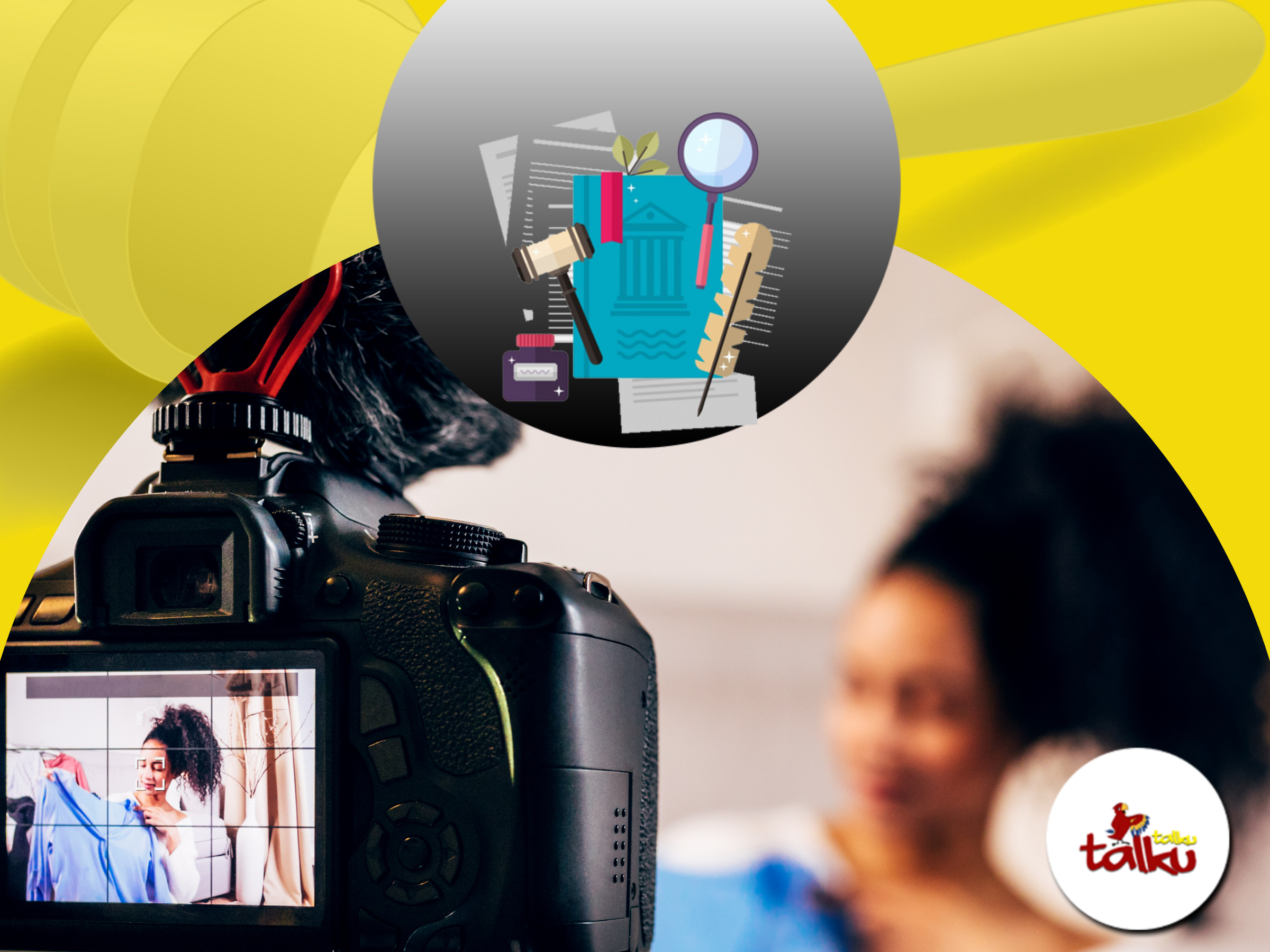Content creation has, over time, been regarded as the key to sales achievement and reputation building in every organisation. Oftentimes, content creators are tasked with creating unique and informative content within short periods of time. While trying to deliver diligent work, content creators without realization of same may be committing legal hazards which may be detrimental to the reputation and legal standing of any organisation as well as financial costs in legal fees.
While every organisation tends to retain Legal Practitioners for the purpose of initiating legal defense mechanisms where legal suits come up against it, it is highly advisable to remain and maintain legal faultlessness. Staying free of legal hassles remains, unarguably, the best reputational policy for every organisation hence the need for its creative team to be aware of steps and acts that may cause legal mayhem, and try as much as possible to totally avoid committing them.
Below are major things to consider while trying to avoid legal issues.
Review your contract proposal
While signing a new contract as a creative, endeavour to ensure your contractors attest to the fact that whatever content you may be given to work with is original to them. Except you’re to create totally new contents, make it a matter of utmost priority to include this attestation clause into the agreement. Where this is not done, you’ll be held liable for all legal mishaps arising from any such content.
Make original content and cite Your Sources
Always ensure that your publications are original work created by you. Where you have a need to use content created by others, endeavour to make reference to the author. Copying and pasting people’s work and adding a link to the original may also be considered copyright infringement, the best and safer way to use third party content is to quote portions of it, and air your different or affirmative views. Do not just copy and paste third party content as it renders your organisation prone to legal claims.

Image usage
Creatives often utilize images in most publications. However, use of images should be carefully managed. Though, it is highly unlikely to encounter lawsuits from use of images, it is also advisable to be careful in doing so. Do not use just any image you come across. Use, preferably, images where the author defines how images are to be used. A better strategy is for creative organisations to own photographed works/ departments where images can be taken/created based on several concepts. You may also obtain subscription to a stock photo website.
Video and audio usage
Using third party videos or audio clips may amount to copyright infringement since copyright is granted to all creative works at their inception. Endeavour to obtain permissions for such use, and credit link back to the original video. You may however use such content without permission only for reviewing purposes.
Defamation
Defamation is a statement about a person communicated to a third party to hurt that person’s reputation. while creating content, ensure that all statements made about others are true, defensible and reliably verified to avoid possibilities of defamation claims.
This information is intended as a general guide and not to be substituted with professional advice.








